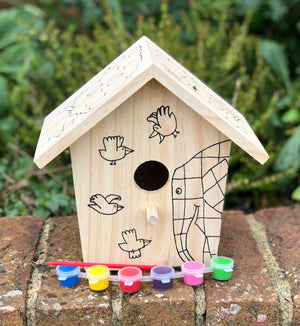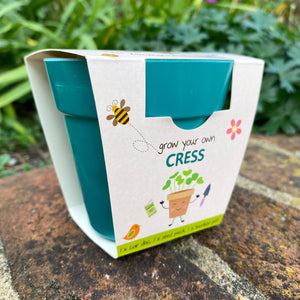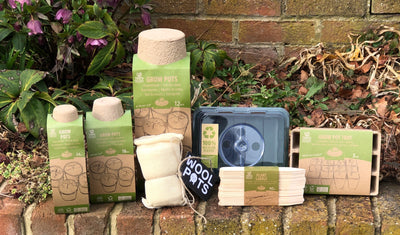
Fantastic Fungi!

Fungi are amazing organisms! Most people are aware of mushrooms and toadstools as everyday examples of fungi, but the fungal kingdom is much more diverse, with an estimated 1.5 million species on earth.
Ever since Linnaeus started a systematic classification system in 1735, fungi have posed a dilemma for classification. For many years they were classified alongside plants. However, since they are not green and do not photosynthesise (convert light to energy) that now seems an odd place to put them. In 1969 they were awarded a kingdom of their own.
Fungi have interesting structure. Some fungi are single-celled organisms; yeast is a good example. Mushrooms and toadstools are the obvious visible parts of a fungal body, but most of the fungal network is hidden under ground in the form of a network of threads called a mycelium. Fungi make numerous connections with other organisms in nature. Scientists have discovered that trees in a woodland interact with each other via fungal mycelium – the so called Wood Wide Web. Plants have complex associations with fungal hyphae (threads of mycelium) growing around their roots – it seems that fungi benefit by absorbing sugars made by the plant in photosynthesis and the plants benefit from absorbing mineral ions from fungal hyphae.
Human interactions with fungi have been going on for millennia. The earliest reference to using yeast to ferment beer dates from the late 1600s, and using yeast to make bread rise was carried out by the Egyptians some 5000 years ago! Many species of mushrooms contain compounds which induce hallucinations. Many ancient cultures idolised such ‘magic’ mushrooms and worshipping them became a central part of their culture.

Fungi have been the source of medicines, particularly antibiotics, such as penicillin. Fungi produce antibiotics in order to protect themselves from bacterial infections; humans have harnessed this natural process. Other medicines, such as statins, which lower cholesterol, are also derived from fungi.
Fungi are tough organisms, they can survive harsh conditions and have been discovered living in the most inhospitable environments. One species has even been discovered living inside the fuel tanks of aircraft, and they have survived living in space on the International Space Station! They are one of the first types of organism to colonise new land after volcanic eruptions or other natural disasters.
Looking to the future, fungi have the potential to solve many of the problems the planet currently faces. A species of fungus has been found living in a landfill site that is able to digest plastic; research is underway to harness this ability. Fungal mycelium can be farmed in large quantities to turn into fungal, polystyrene-like packaging, hopefully reducing plastic waste.
I think you’ll agree that fungi are fantastic, diverse organisms that have the potential to save the world!
If you’re interested in learning more about fungi, and growing your own, take a look at our children’s edible mushroom growing kit – the perfect gift for children curious about learning more about fascinating fungi!




Leave a comment